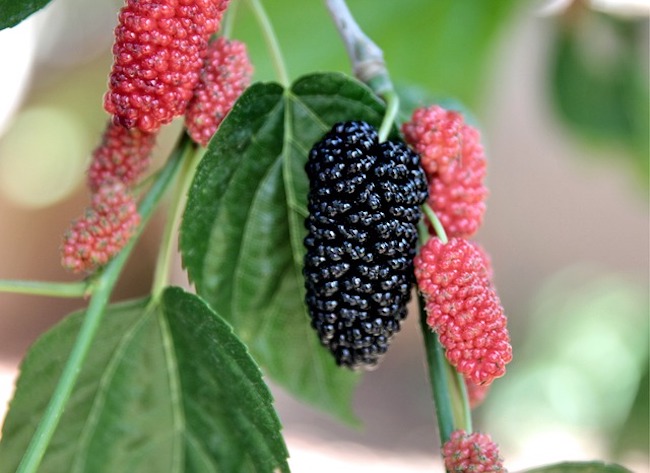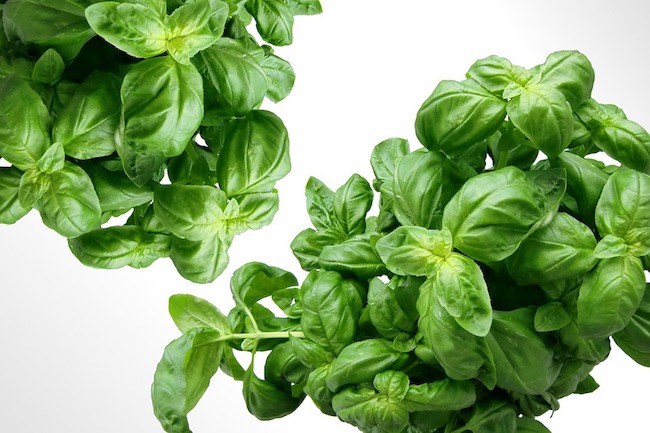Maintain eye and bone health with vitamins A and D (recipe included) By Zoey Sky for Super Foods
Eating a variety of nutritious foods like fruits and vegetables is crucial for your overall health. Foods rich in vitamins A and D can help keep your eyes and bones healthy, respectively.
You can boost your intake of these essential nutrients by eating the foods discussed below.
What are vitamins?
Vitamins refer to different organic substances that are essential in specific quantities for your overall well-being. These nutrients act as coenzymes and precursors of coenzymes involved in the regulation of metabolic processes.
Additionally, vitamins can be found in natural foods or sometimes produced within the body.
Fat-soluble vitamins bind to fat in the stomach and are stored in your body for later use. Meanwhile, water-soluble vitamins can be absorbed directly by your cells. (Related: The digestive benefits of celery (quick salad recipe included).)
Health benefits of vitamin A
When you eat foods that contain vitamin A, your body stores the nutrient in your liver until it is needed. The fat-soluble vitamin is then bound to protein before it is transported to where it is needed.
Vitamin A has several important roles in your overall health:
- It maintains proper skin health.
- It supports the daily replacement of skin cells.
- It’s needed for the lining of your respiratory tract, gut and bladder.
- It’s crucial for vision and inner ear function.
- It helps maintain a healthy immune system.
- It helps promote both male and female reproductive health.
- It supports fetal development.
Provitamin A carotenoids like alpha carotene, beta carotene and beta-cryptoxanthin are precursors of vitamin A. These carotenoids also have antioxidant properties.
Carotenoids help protect the body from harmful free radicals or highly reactive molecules that are linked to oxidative stress. Oxidative stress can cause chronic conditions like cancer, cognitive decline, diabetes and heart disease.
Diets high in carotenoids are linked to a lower risk of many of these conditions, especially diabetes, heart disease and lung cancer.
If you don’t get enough vitamin A in your diet, you may experience vitamin A deficiency, which can result in an increased risk of severe infection.
Infection increases your body’s demand for vitamin A, which aggravates the deficiency. Children with vitamin A deficiency can suffer from a vicious cycle of deficiency and infection, which is why vitamin A deficiency is one of the main causes of child mortality.
Health benefits of vitamin D
Your body produces vitamin D as a response to sun exposure. You can also boost your vitamin D intake through certain foods or supplements.
Listed below are some of vitamin D’s essential functions:
- Regulating the absorption of calcium and phosphorus.
- Facilitating normal immune system function.
- Supporting healthy growth and development of bones and teeth
- Improving your resistance to certain diseases such as heart disease and multiple sclerosis (MS).
Adults suffering from vitamin D deficiency may experience the following symptoms:
- Tiredness, aches and pains
- Severe bone or muscle pain or weakness
- Stress fractures, especially in your hips, legs and pelvis
Superfoods rich in vitamins A and D
Eating enough foods rich in vitamins A and D is a must for any balanced diet.
Incorporate these seven foods into your diet to boost your intake of both vitamins:
- Aged raw cheese from pastured milk
- Beef liver (vitamin A) cooked in pastured lard (vitamin D)
- Eggs, fish and shellfish
- Natural (unheated) cod liver oil
- Pastured egg yolks
- Pastured raw butter
- Poultry liver
Vitamin A sources:
- Cantaloupe
- Carrots
- Chicken liver
- Collard greens
- Dandelion greens
- Kale
- King mackerel
- Liver sausage
- Liverwurst
- Papaya
- Pumpkin
- Red peppers
- Salmon
- Spinach
- Sweet potatoes
- Trout
- Winter squash
For best results, buy these foods from organic farmers and suppliers so you can be sure of their high quality.
Liver pate recipe
Vitamins A and D are essential for your well-being and this recipe for a delicious liver pate uses a lot of the vitamin-rich superfoods listed above.
Ingredients:
- 1 pound (or more) of beef liver, sliced (Do not rinse. You can also combine chicken or goose livers with the beef liver.)
- 1/4 cup plus 2 tablespoons organic coconut oil, divided
- 3/4 cup organic butter (Raw, if available.)
- 1 medium yellow onion, coarsely chopped into chunks
- 2 cloves garlic, coarsely chopped
- 1 teaspoon sea salt
Preparation:
- Lightly press the liver slices between paper towels to absorb the excess moisture. Cut the slices into approximately two-inch pieces.
- Heat about two tablespoons of the coconut oil in a skillet, then fry the liver pieces until medium.
- Place the fried liver in a food processor. Add the butter and remaining coconut oil.
- Add the onion, garlic, and salt to the processed liver. The salt will help preserve the pate. Blend the mixture on high until all the ingredients are thoroughly combined.
- Lightly grease a glass baking dish or loaf pan. Pour the blended pate into the dish and use a spatula to even out the mixture. Cover with plastic wrap and place in the refrigerator for several hours until firm.
- Once the pate is firm, cut it into strips about 1 1/2- to two inches thick. Serve cold or heat slightly in a countertop oven. Serve the liver pate on crackers or with different baked vegetables.
Follow a balanced diet so you get enough vitamins A and D for your overall health.
Visit Veggie.news for more articles about other nutritious vegetables.




